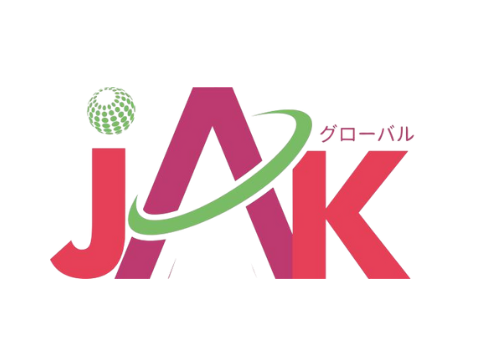Faq
- Home
- Faq
Learning Japanese opens opportunities in higher education, career, travel, culture, anime/manga, and business with Japan.
It depends on your goal and consistency. With regular study, students can achieve basic conversation in 6–8 months and advanced levels (JLPT N2/N1) in 2–3 years.
JLPT (Japanese Language Proficiency Test) is an internationally recognized exam that proves your Japanese skills. It’s valuable for jobs, higher studies, and scholarships in Japan.
Yes, Kanji is a core part of Japanese. However, beginners start with Hiragana and Katakana before moving to Kanji step by step.
Japanese may seem difficult at first, but with the right method, it’s very manageable. Once you master the writing systems, grammar is actually easier than many other languages.
Absolutely. Flexible class schedules (weekends, evenings, or online) make it possible for working professionals and students to learn at their own pace.
You can work in MNCs, Japanese companies, translation/interpretation, teaching, tourism, and IT. Many students also go for higher studies or jobs in Japan.
Basic English helps, but it’s not mandatory. Classes are designed in a way that even beginners can follow easily.
Beginners always start from JLPT N5. Higher levels (N4–N1) are taken step by step after mastering the basics.


